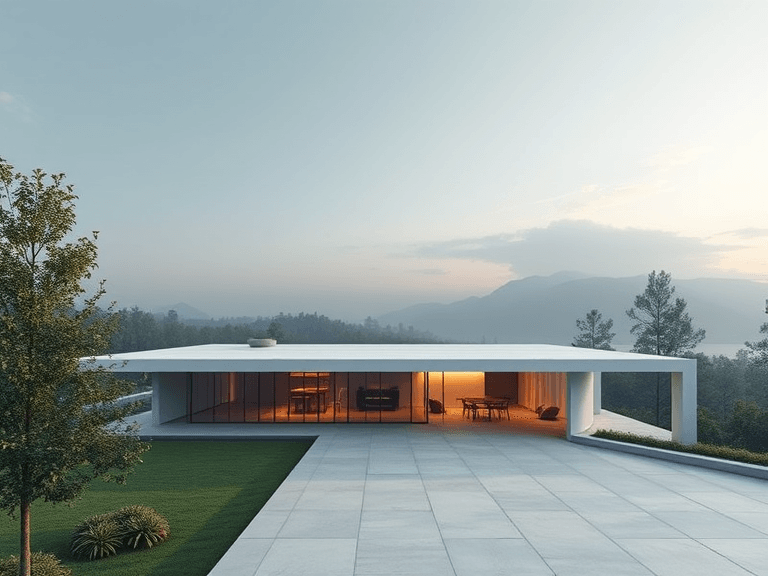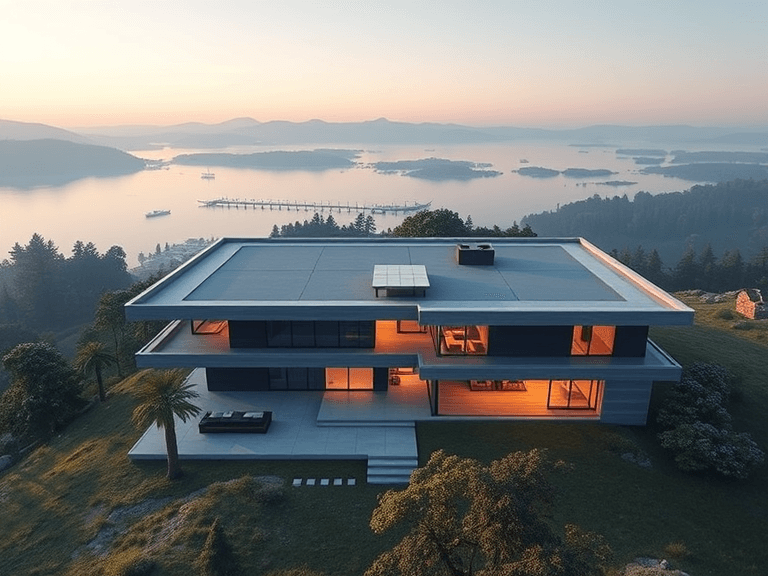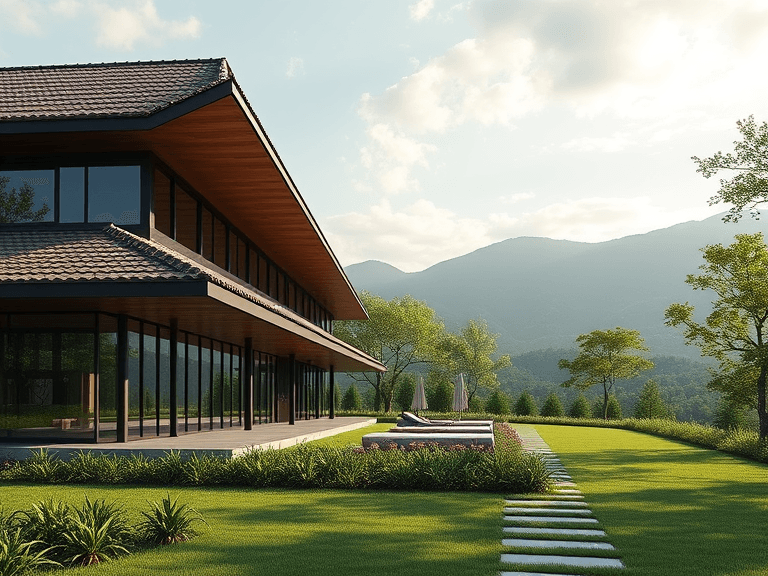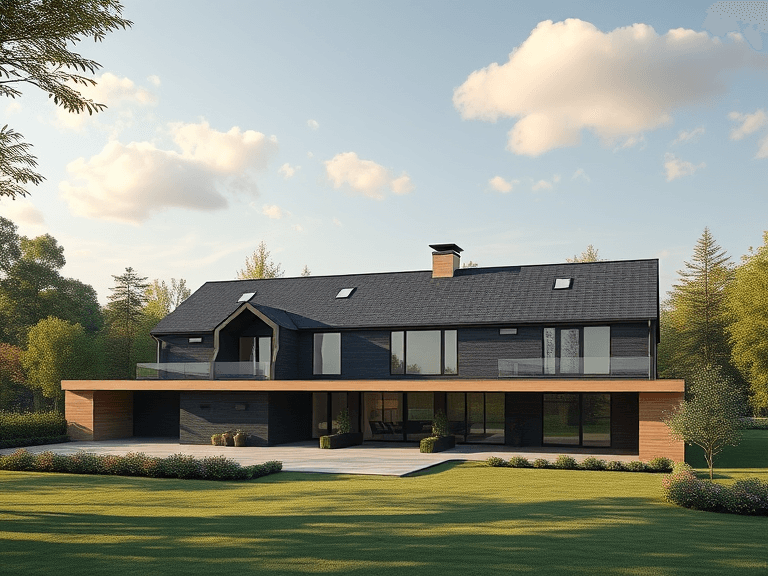
Flat roofs have become a popular architectural choice for various types of buildings, including commercial, residential, and industrial structures. Their design facilitates the efficient utilization of space, allowing for rooftop gardens, terraces, and other amenities that enhance a building’s functionality. Common materials used in the construction of flat roofs include EPDM (ethylene propylene diene monomer), TPO (thermoplastic polyolefin), and modified bitumen, each contributing unique properties to the roofing system.
Despite the advantages of flat roofs, they pose specific challenges, particularly concerning drainage. Unlike pitched roofs that naturally allow water to runoff due to their sloped structure, flat roofs require well-designed drainage systems to prevent water accumulation. This is critical because stagnant water can lead to significant issues, including structural damage, mold growth, and, ultimately, leaks. Flat roofs typically incorporate various drainage solutions, such as internal drains, scuppers, and gutters, aimed at effectively directing water away from the roof surface.
The importance of ensuring proper drainage in flat roofs cannot be overstated. Inadequate drainage systems often result in water pooling, which increases the likelihood of leaks developing over time. Furthermore, flat roofs are subjected to environmental factors such as debris accumulation, which can obstruct drainage pathways and exacerbate potential issues. Understanding how to maintain an effective drainage system is vital for preserving the integrity of flat roofs and extending their lifespan.
Addressing the unique obstacles related to drainage and leaks in flat roofs requires proactive measures, such as regular inspections and maintenance. By tackling these challenges head-on, building owners can safeguard their properties against water damage and ensure the continued performance of their flat roofing systems.
Common Causes of Leaks in Flat Roofs
Flat roofs are subject to unique challenges that can lead to drainage problems and leaks if not properly addressed. One of the primary causes of leaks in flat roofs is poor installation. When roofing materials are not installed correctly, it can create vulnerabilities where water can accumulate, leading to eventual leaks. For instance, improper sealing around seams or inadequate placement of drainage systems may allow water to infiltrate the structure. The significance of a skilled installation cannot be overstated, as it lays the foundation for the roof’s longevity and performance.
Another common issue contributing to leaks in flat roofs is the wear and tear of roofing materials over time. External elements such as UV radiation, temperature fluctuations, and severe weather conditions can degrade roofing materials. This degradation can result in cracks, blisters, or punctures that facilitate water penetration. Regular maintenance is essential to identify and address these issues before they escalate into more significant problems.
Environmental factors also play a crucial role in the occurrence of leaks in flat roofs. Accumulation of heavy rainfall, snow, or ice can place excess weight on flat surfaces, leading to structural deformation and compromised drainage. Inadequate drainage systems can exacerbate these issues, as standing water can seep into the roofing materials, leading to leaks and potential damage to the roof and underlying structures.
Furthermore, roofing accessories such as drains and flashing are pivotal in preventing leaks. Drains help facilitate proper water flow away from the roof, while flashing provides essential barriers around joints and projections. Neglecting these components can significantly increase the risk of drainage issues and leaks. Therefore, understanding these common causes is imperative for effective maintenance and proactive measures to ensure the integrity of flat roofs.

Signs of Drainage Issues and Leak Detection
Flat roofs, while popular for their modern aesthetic and functional benefits, can present unique challenges when it comes to drainage and leaks. Identifying signs of drainage issues early is crucial for preventing further damage to the building structure. One of the most evident indicators is the appearance of water stains on ceilings or walls. These stains often signal that water is accumulating and not draining properly, which may lead to leaks. Homeowners should also investigate any dark spots or discolorations that may appear, as these can be tell-tale signs of moisture infiltration.
Another visual sign to be mindful of is mold growth. Mold thrives in damp environments, and its presence on a flat roof or within the interior space suggests that there may be underlying drainage issues or leaks. Sagging areas of the roof should also raise concern; when a flat roof sags, it often indicates that water has pooled in specific areas instead of properly draining off. These adaptations can compromise the integrity of the roofing materials and lead to more severe leaks if left unaddressed.
Regular inspections can mitigate potential drainage challenges. Homeowners are encouraged to perform routine checks, particularly after heavy rains or snow melts. During these inspections, look for any unusual pooling of water or debris accumulation that may block drainage outlets. Utilizing moisture meters can provide additional insight; these devices can detect hidden moisture within roofing materials, alerting homeowners to leaks that may not be immediately visible. Alternatively, thermal imaging can identify temperature variations indicative of moisture presence. By being vigilant for these signs and employing effective detection methods, flat roof owners can proactively address drainage and leaks in flat roofs, ensuring the longevity of their property.
Preventive Measures and Solutions for Flat Roof Maintenance
Effective maintenance is crucial in preventing drainage and leaks in flat roofs. Regular maintenance routines should be established to ensure that the roof remains in good condition, prolonging its lifespan and enhancing performance. Among the essential maintenance tasks, clearing debris from drainage systems is paramount. Leaves, branches, and other obstructions can hinder the proper flow of rainwater, potentially leading to water pooling and subsequent leaks. Property owners should make it a habit to inspect the roof periodically, especially after storms or heavy winds, to remove any accumulated debris and ensure that the drainage pathways are unblocked.
In addition to debris removal, periodic inspections play a crucial role in maintaining the integrity of flat roofs. These inspections should focus on identifying any visible signs of wear and tear, such as cracks, blisters, or punctures, which can compromise the roof’s ability to repel water. It’s advisable to document the condition of the roof over time, as this can help in detecting patterns that may indicate emerging problems related to drainage or leaks.
For existing leaks or damage, various repair options are available. Sealants can be an effective short-term solution for minor leaks, providing a waterproof barrier that can mitigate damage until a more permanent repair can be undertaken. Replacing sections of the roofing material or reinforcing weak areas may be necessary for significant damage or persistent leaks. In such cases, consulting a professional roofing contractor is recommended to assess the situation thoroughly and implement the most effective repair strategy. These specialists possess the expertise to identify problems that may not be visible during a routine inspection, ensuring that the drainage systems and overall roof performance are optimized.
By implementing these preventive measures and solutions, property owners can significantly reduce the risk of drainage issues and leaks, thereby ensuring the durability and functionality of flat roofs.


